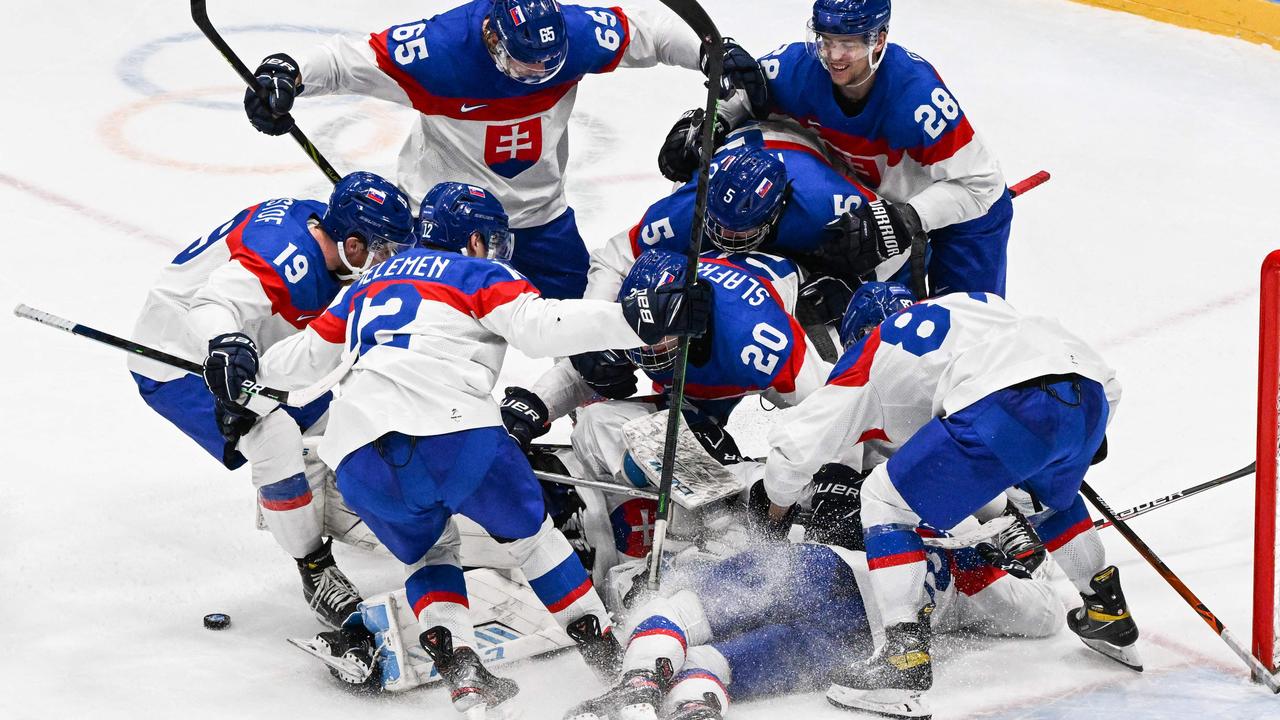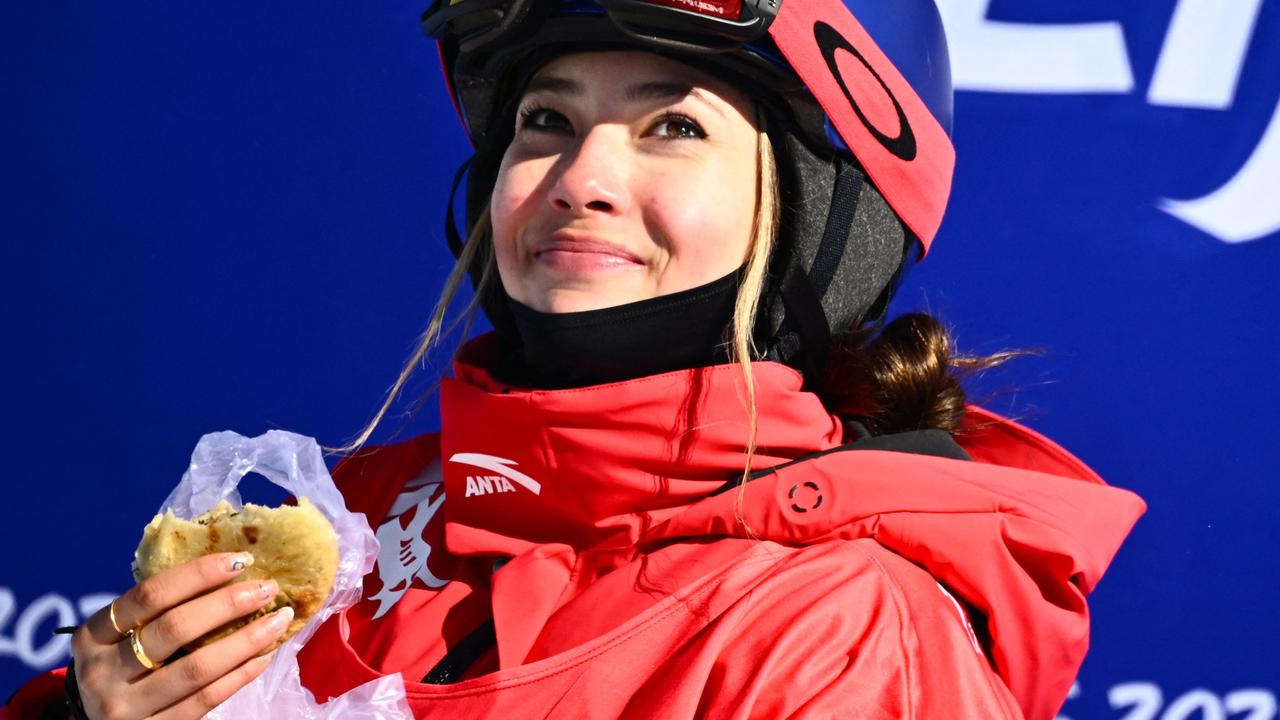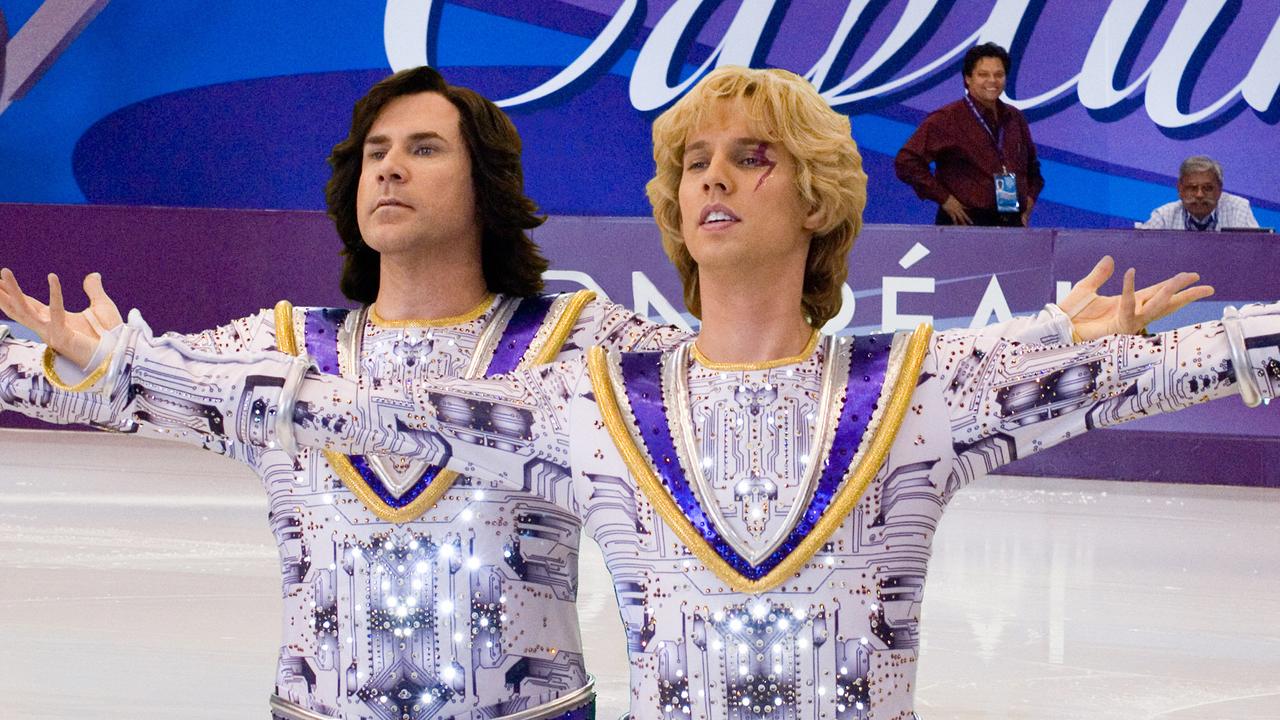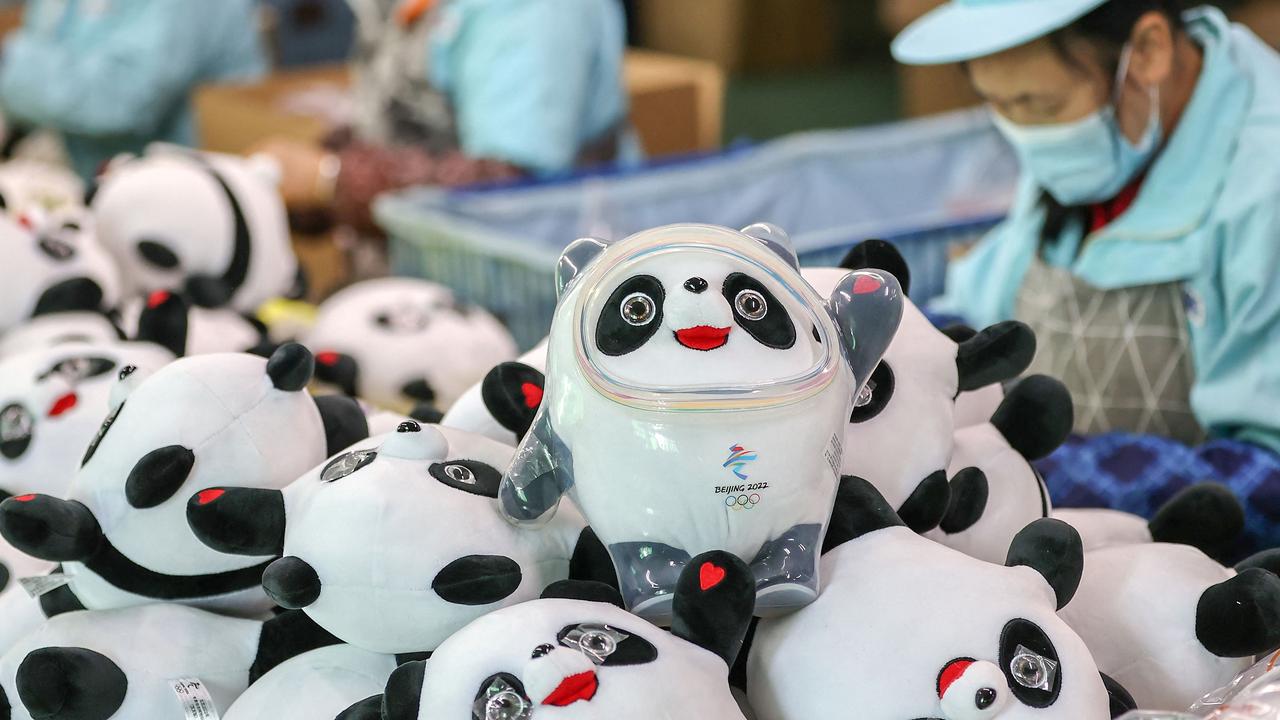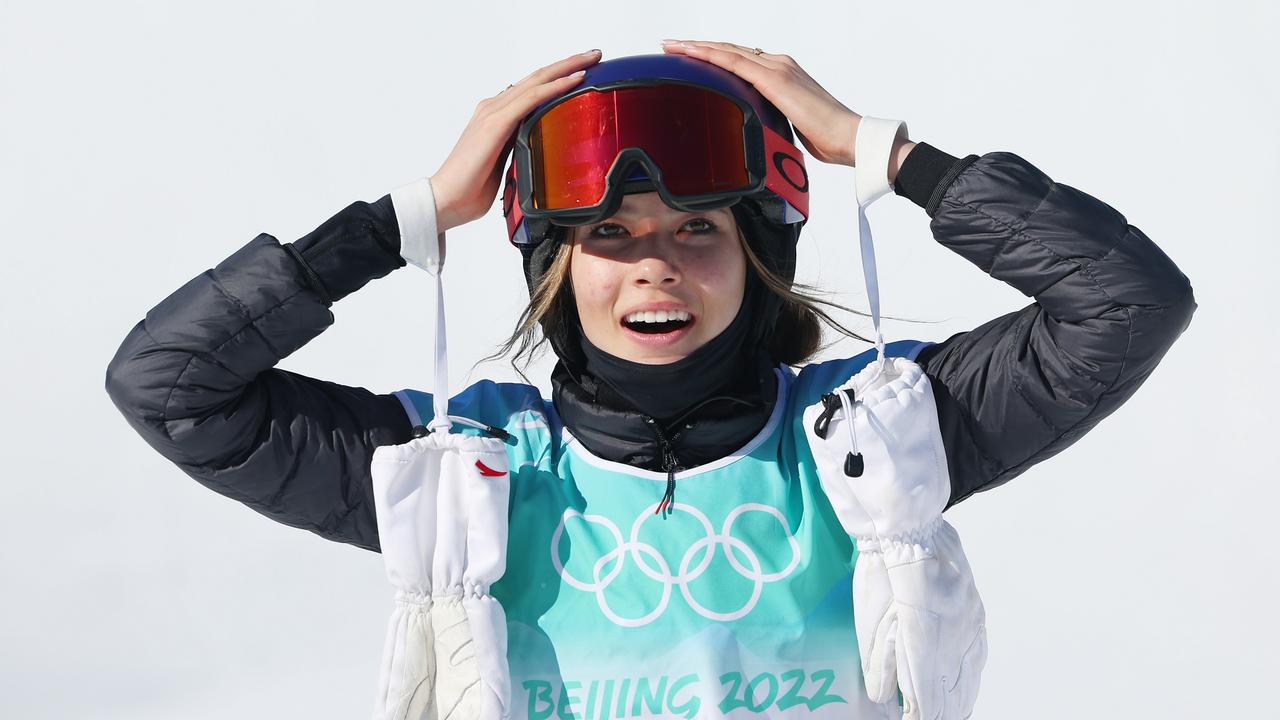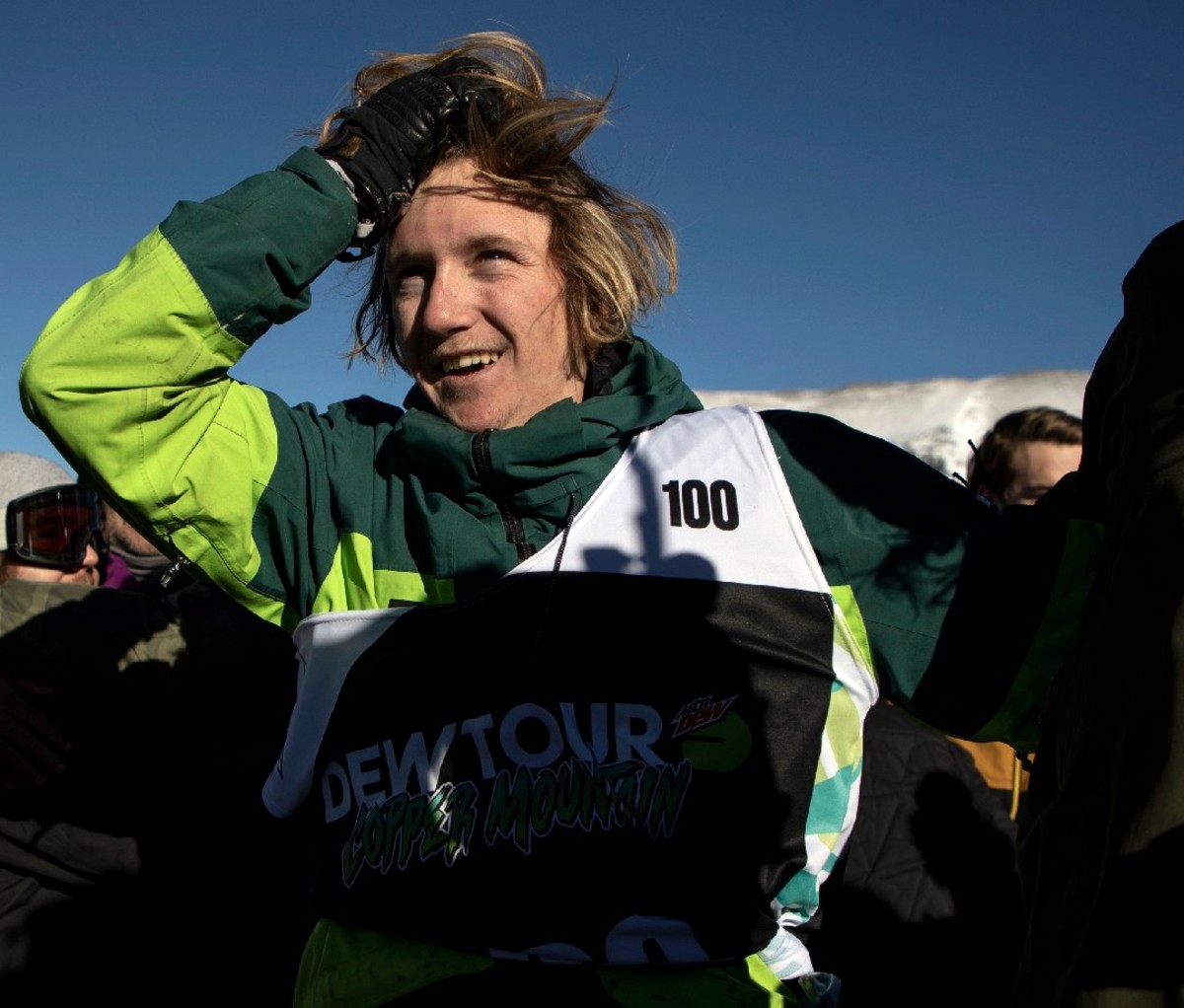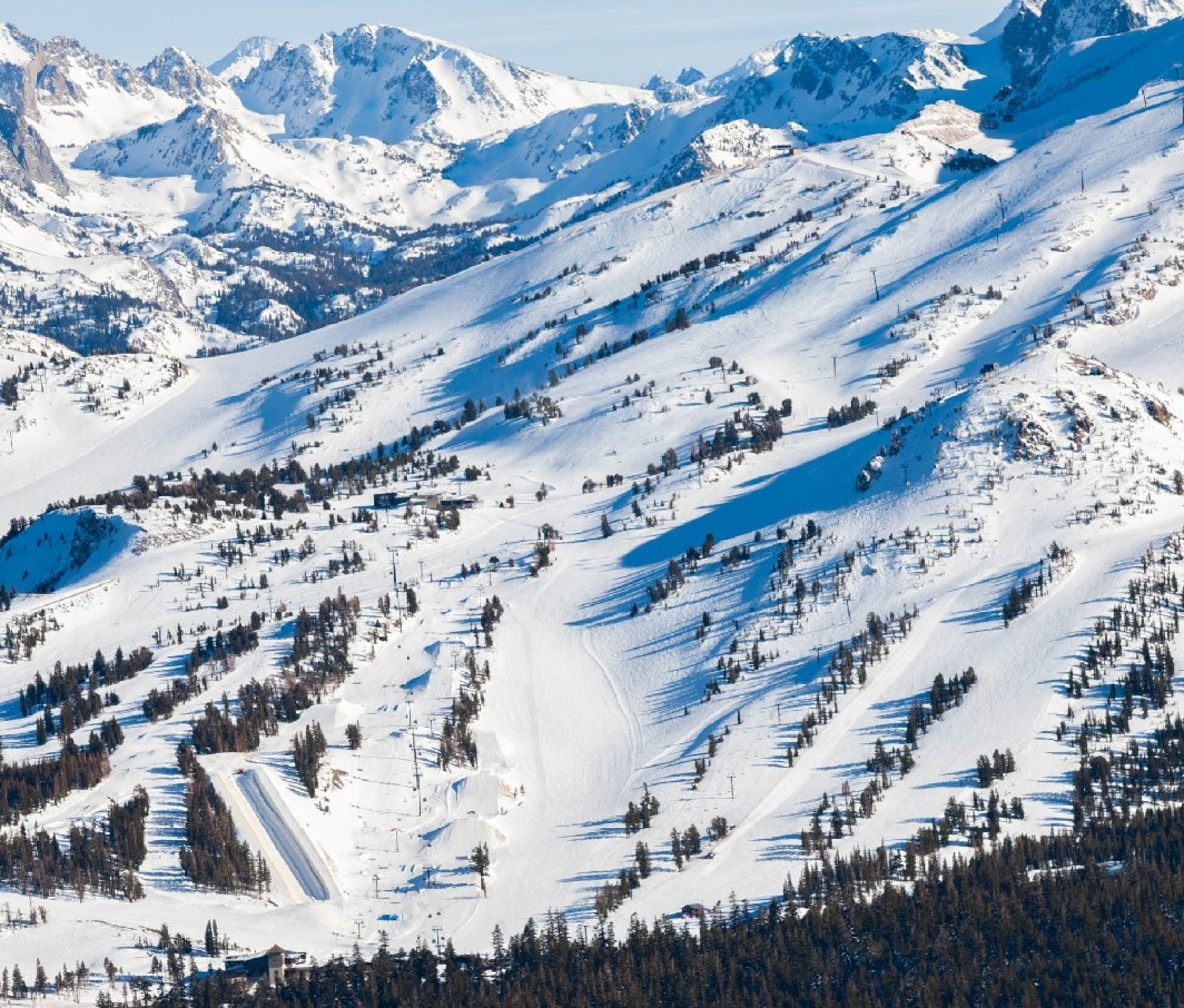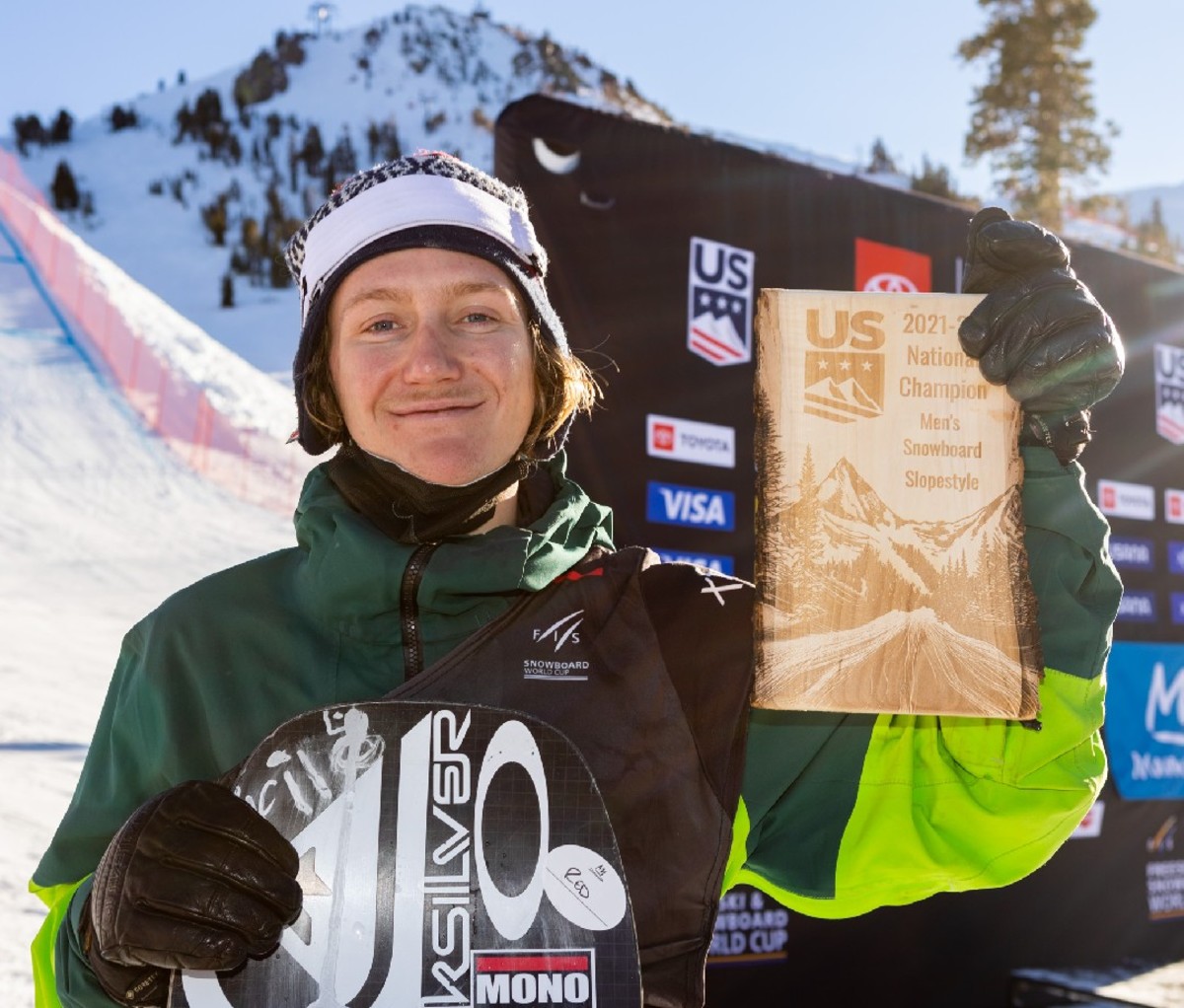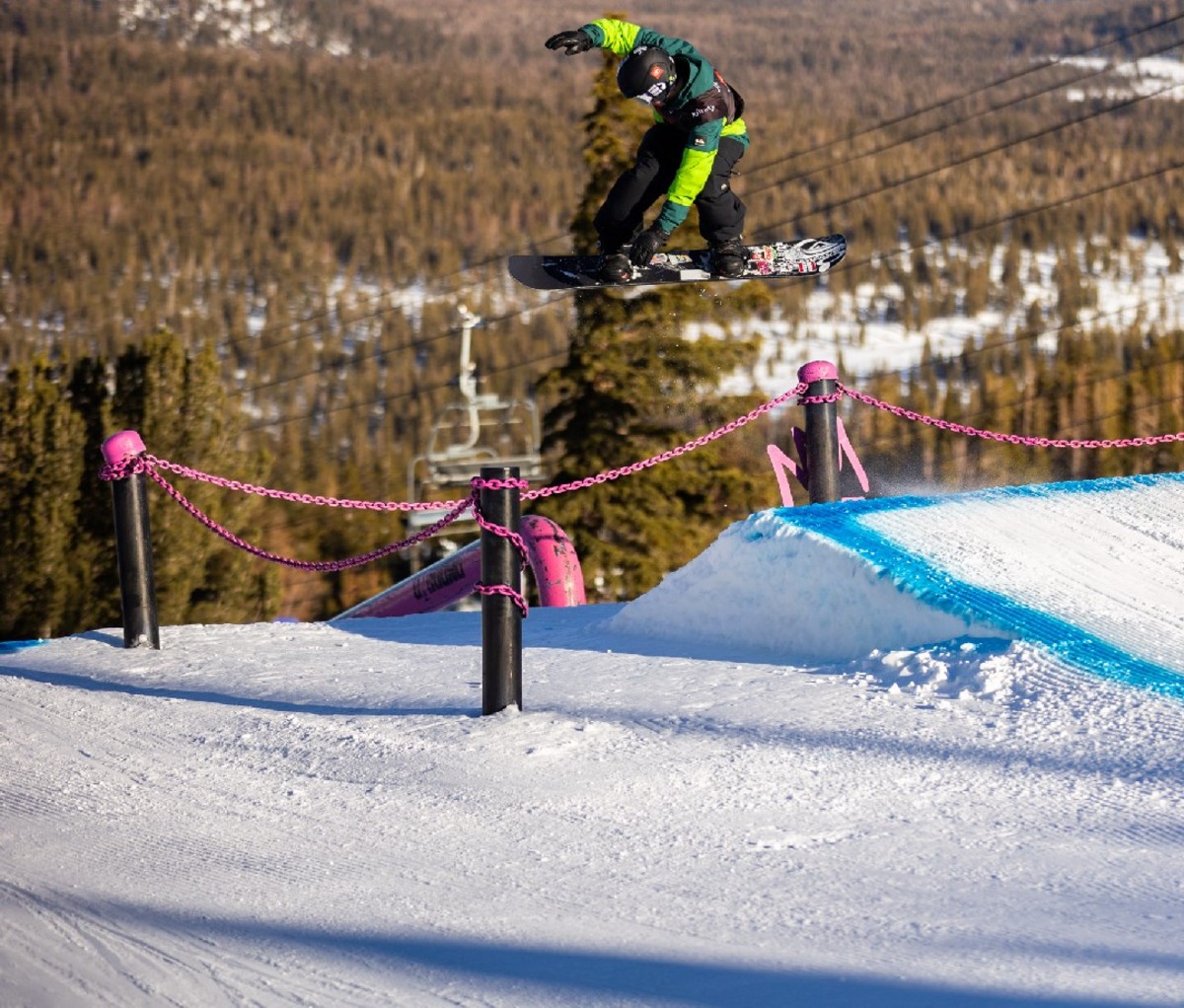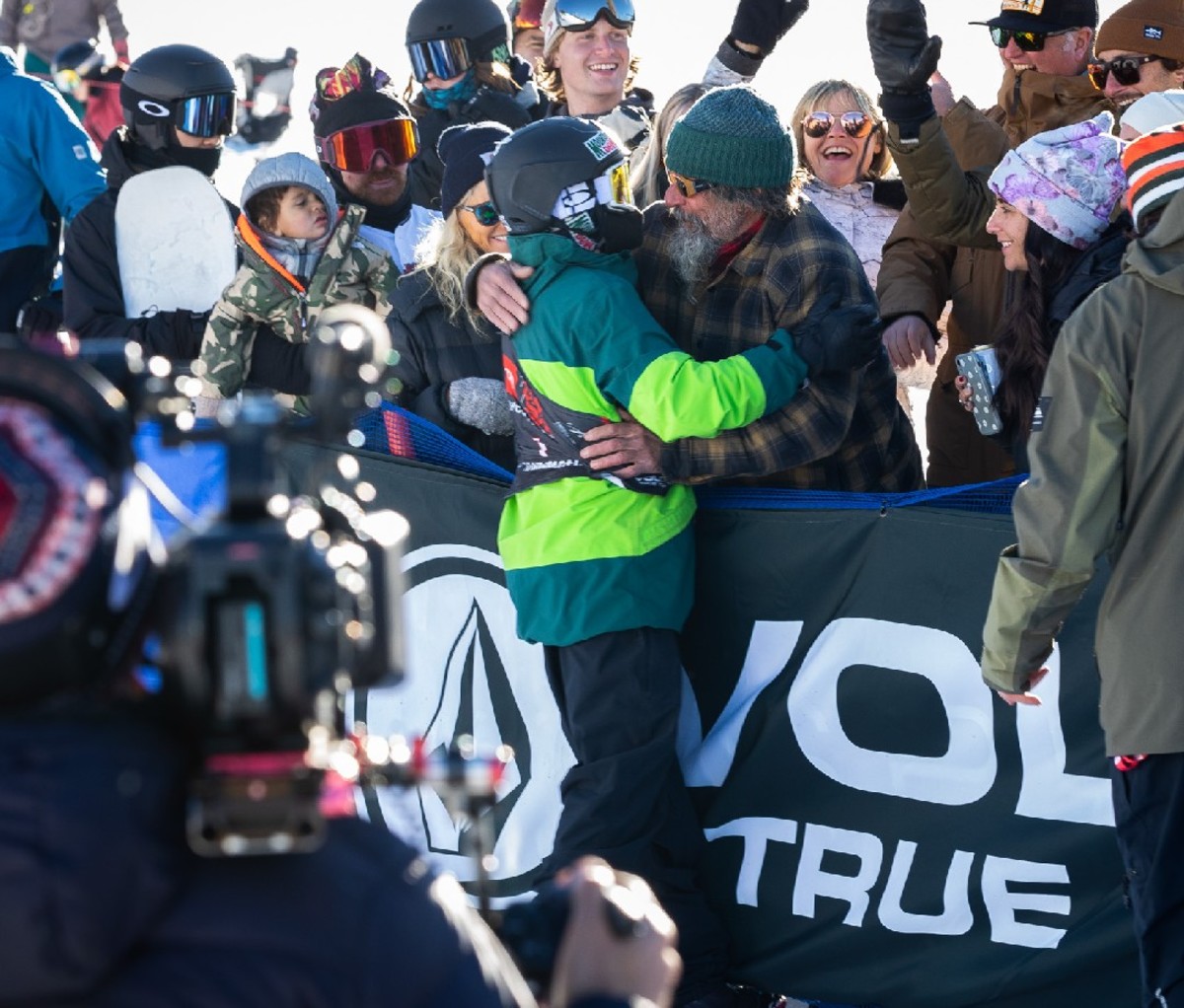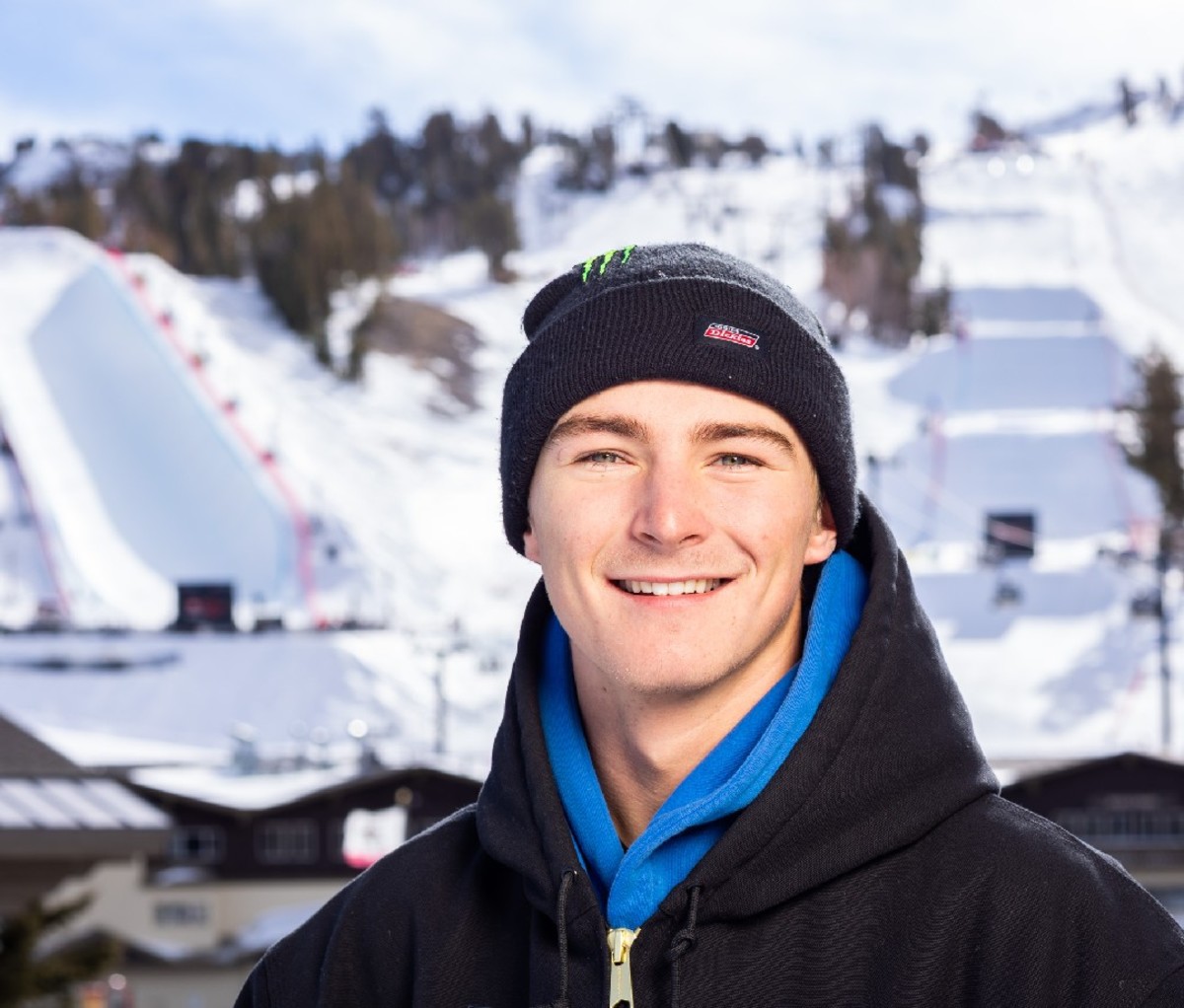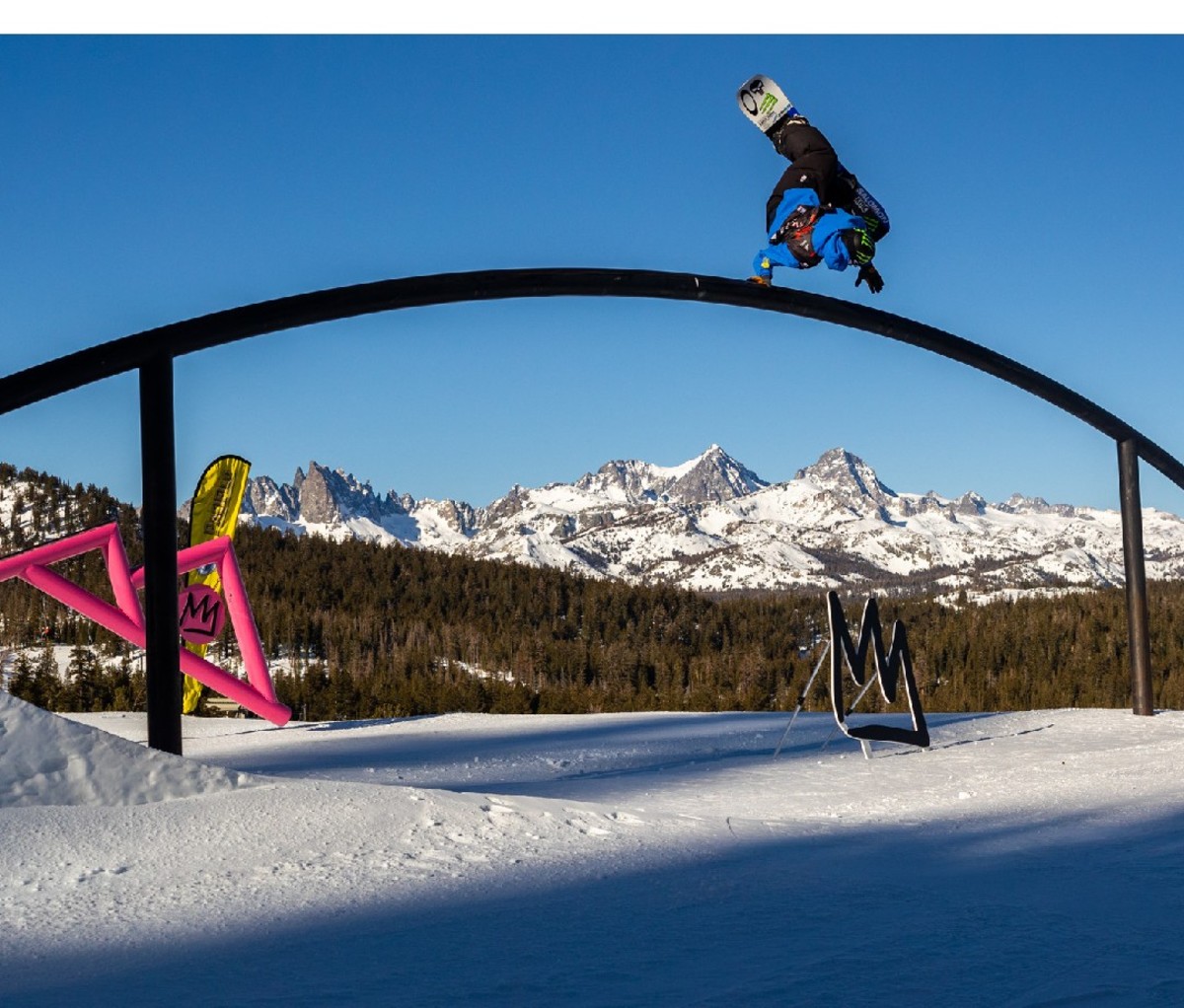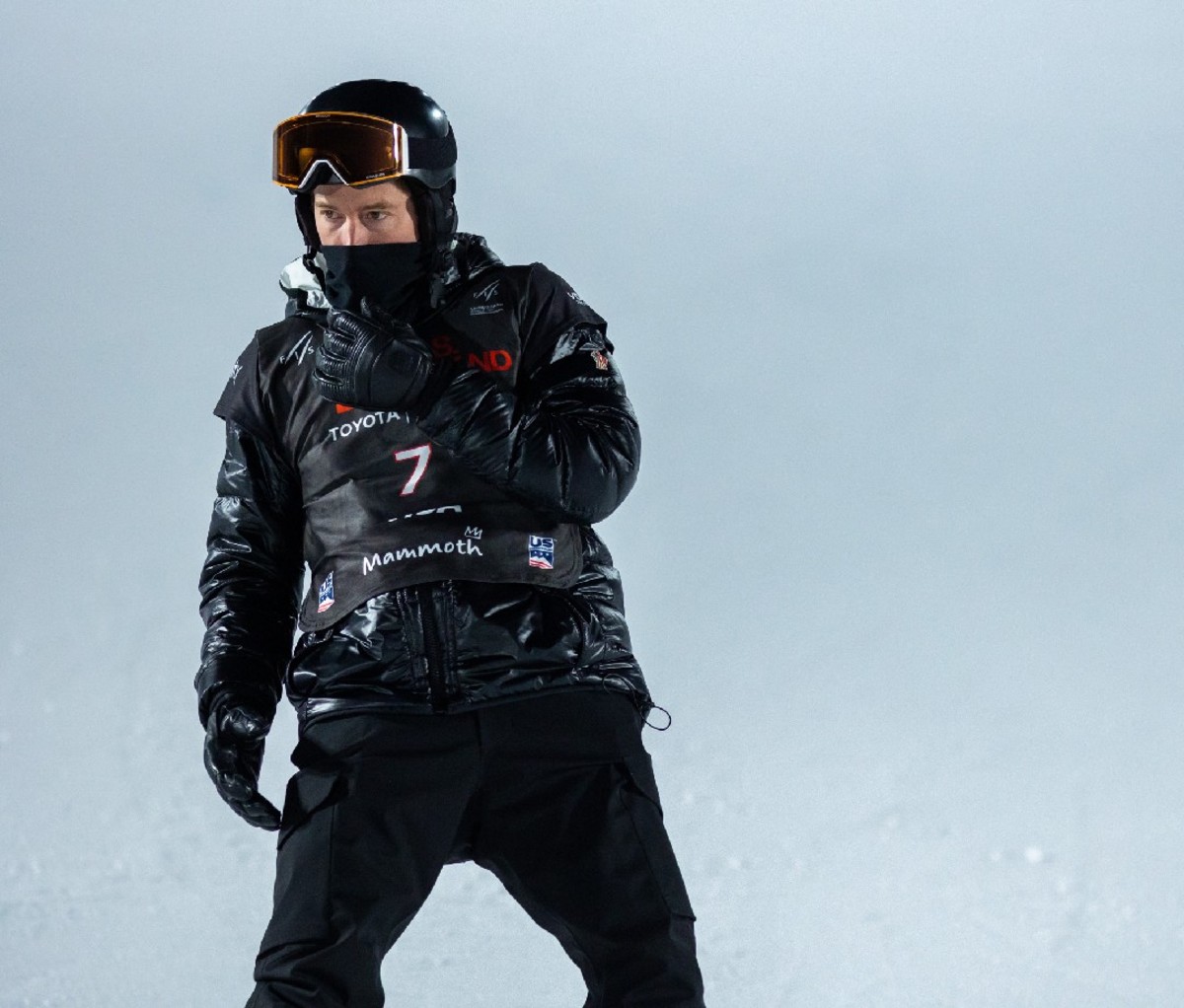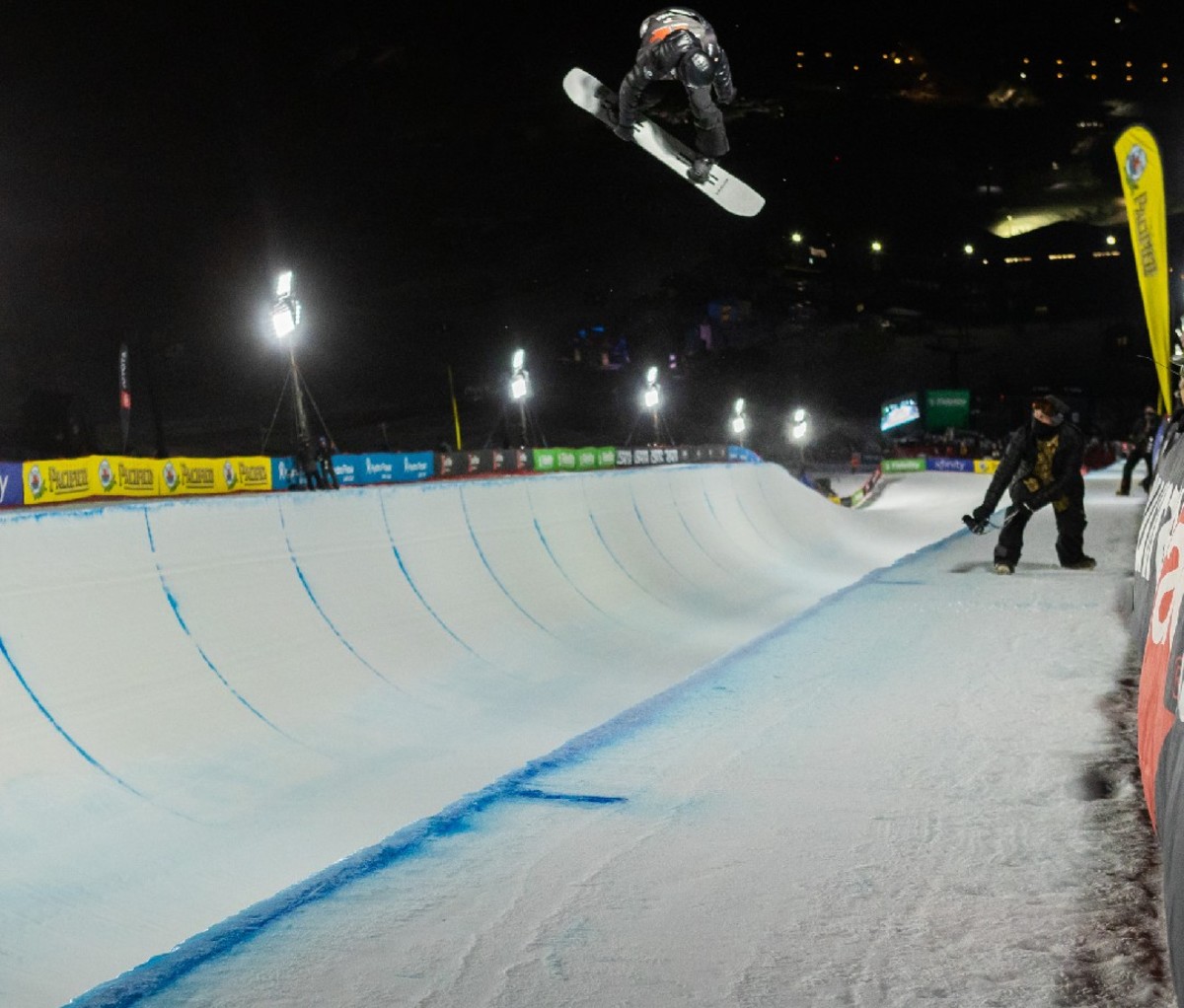When most of us think Winter Olympics, we think Blades of Glory. On day six, Beijing had its very own moment straight out of the film, Aerosmith and all. FOLLOW LIVE.
Will Farrell and Jon Heder star in the 2007 comedy as figure skating rivals Jimmy MacElroy and Chazz Michael Michaels.
Italian skater Daniel Grassl brought one of the film’s iconic scenes to live in Beijing when he skated to Aerosmith’s ‘I don’t wanna miss a thing’ during the men’s single skating on day six.
Grassl smashed his own personal best and found himself atop the leaderboard after his epic performance, but had to settle for seventh overall.
His performance won him a stack of new international fans though as Grassl channelled his inner-Jimmy MacElroy.
One Olympic fan tweeted: “Love that somebody finally had the guts to unironically skate to the Aerosmith song used in Blades of Glory at the Olympics, thank you for this gift Daniel Grassl.”
Another added: “Daniel Grassl skating to Blades of Glory should automatically get him gold”.
In the film, Michael Michaels and MacElroy compete as a pair and their first skate together is a romantic routine to the Aerosmith hit.
And the Blades of Glory references didn’t stop there, with many fans drawing comparisons between the ‘Rocket Man’ routine of gold medallist Nathan Chen.
‘PRETTY S***’ RESULT LEAVES AUSSIE SELECTORS WITH HEADACHE
Australia’s four boarder cross competitors, including reigning Olympic silver medallist Jarryd Hughes were bundled out of the Beijing Olympic competition in the early rounds, setting up a selection headache for what could be the chance of an Olympic gold medal.
Team officials have to work out overnight the strongest male rider to partner with fourth placed woman Belle Brockhoff in Saturday’s team event and Hughes’ less than stellar performance in the individual event, bundled out in the first heat, has put the selectors in a quandary.
Australia will go into the team’s event as one of the favourites for a medal.
Hughes and Brockhoff teamed to win the world championship last year, but if selected on form from Thursday’s Olympic competition, the men’s slot should go to Cameron Bolton.
Bolton was not only the fastest in the individual seeding runs, qualifying in eighth spot, he also won his first heat and was only narrowly knocked out in the quarterfinals. Adam Lambert, 17th in the seeding run, Hughes, who was 28th in the seeding run and Adam Dickson, 15th in the seeding were all eliminated in their heat.
Said Bolton of the decision facing the selectors: “I’ve done everything I can. The selectors will take into consideration a little bit of a mix of how people have been riding this season, how they have been riding here and how they ran here in November. So there are probably a few things taken into consideration as well as today’s result. How those pieces fit together I am not sure but I have faith in the panel and the coaches.”
Bolton thought that the Olympic course suited Lambert’s riding style, whom he said has been riding strongly.
Australian officials will know overnight if they can field a second team, depending on the withdrawal of another country. If that happens then Jindabyne youngster Josie Baff will get a ride, presumably with Hughes, Lambert or Dickson.
Hughes was shattered at his Olympic effort, saying that his ankle surgery late last year wasn’t a factor in the result.
“To put it bluntly, it is pretty s**t,’’ he said.
“That’s not the result I came here to do, and I’m really disappointed with that. That’s not what I can do. It’s tough when you’re riding with the best riders in the world – and that is what we’re doing – but I could have done better.
“I got light over the rollers, and you just can’t do that when you’re riding against the world No. 1 (German Martin Noerl) world champion (Lucas Eguibar of Spain). You just can’t do it.”
“I’m very fortunate that I’ve come from the Games with a medal in my hands before, but that’s four years ago. I came here to perform this year.”
Alessandro Haemmerle of Austria won the gold medal with Canadian Eliot Grondin, who edged out Lambert in the first heat picking up the silver. Bronze was won by Italian Omar Visintin.
SCALPING, SCAMS MAR BEIJING MASCOT PHENOMENON
The man behind the Beijing Winter Olympics mascot jokes that he wished he had kept a few more of his cuddly panda creations after they became highly sought after collectables in China.
Bing Dwen Dwen, the official mascot of the Games, has become the latest must-have item for keen fans with long queues at Olympic souvenir shops, and many willing to pay well over the official price to get their hands on one.
Cao Xue, who led the design team, said he was surprised by the craze. “I thought … that some people might begin to purchase some after the opening of Olympics, but I didn’t expect it to be so hot overnight,” he told AFP.
“Bing Dwen Dwen has become a phenomenon.”
“Each of us kept only one Bing Dwen Dwen as a souvenir, which we deeply regret now,” he added.
While the name officially means “ice child” in Mandarin, the popular rotund mascot is more colloquially translated as “ice chubster”.
However a supply shortage — attributed to production issues around Chinese Lunar New Year, which coincided with the start of the Olympics — has seen scalpers selling the toy for ten times its original price of 200 yuan ($30), according to reports.
Police have also warned of scams surrounding Bing Dwen Dwen with online fraudsters pocketing the money and disappearing.
But with spectators largely banned due to Covid-19 restrictions, owning an “ice chubster” may be the closest most people get to the Beijing Games.
In the months designing the Games mascot, there were at least 16 versions and floor-to-ceiling drawings pasted around his office, said Cao, a professor at the Guangzhou Academy of Fine Arts.
“We drew tens of thousands of sketches, spent seven months in the process of designing and modification, and once gave up the idea of panda as there had been so many panda images designed before.
“But in the end for both our design team and the Beijing Olympic Organising Committee — a panda is our best and only choice.” The final blueprint placed the animal inside a transparent icelike bubble, inspired by the outer shell of a “tanghulu”, a hawthorn snack glazed with syrup popular in Beijing.
It has also spurred creative interpretations including Bing Dwen Dwen themed dumplings, rice cakes and homemade versions, according to videos by enthusiastic users online.
One fan outside the iconic Bird’s Nest stadium even claimed to have recreated the mascot using human hair.
Organisers have insisted they are now ramping up supply, and state media has published videos showing workers putting in overtime at factories.
“When I saw Beijing citizens queuing in [shopping district] Wangfujing for hours in the severe cold, I was thinking: they don’t want to buy a lifeless toy,” said Cao.
“They waited for hours in the cold in the hope that they could hold something which give them a sense of warmth.
“Through Bing Dwen Dwen, I want to express warmth and love.”
AUSSIE STAR’S BRUTAL OLYMPIC SELF-ASSESSMENT
Snowboard star Belle Brockhoff has given a brutal self-assessment of her fourth place finish in the Women’s snowboard cross final.
She had scrapped her way into the big final of four from a difficult seeding position having had problems with her start in the qualifying run, but she bravely sneaked her way through the rounds, the semi-final and then into the final.
Speaking after the event, a visibly upset Brockhoff labelled her run “sh*t” after missing the start from the far gate – a position she admits she struggles with.
Competing in her third Olympics, it was Brockhoff’s best-placed finish at a Games.
But the 29-year-old gave another refreshingly honest take on her run on Twitter, doubling down on the fact that “4th is sh*t”: “It is always an honour representing Australia … I really tried … and to be honest, 4th is a shit one to take. I know what I’m capable of and I always back myself with what I know I can achieve but unfortunately my riding was only suited for that position. I’ll own that and use it to fuel the fire in me. It’s a cut throat sport and I love it. I haven’t had time to process all this as my focus has shifted to the mixed team event tomorrow. I will give it my absolute all. There’s so much fight left in me and I’m even more fired up by the frustration of 4th. Thank you for everyone’s support, it’s been unreal. Big thank you to my team for putting in 110% every single day to put me in the best position I can be, I can’t tell you how appreciative I am for your work and belief in me.”
Athlete haunted after horrific open fracture
Skier Nina O’Brien underwent surgery in China after breaking her left leg in Monday’s Giant Slalom.
The Californian, 24, tumbled spectacularly over the finish line as she clipped a gate and was taken off the course on a stretcher.
She suffered a compound fracture of her left tibia and fibula and will now fly home for further treatment. O’Brien, who was replaced by teammate AJ Hurt for Wednesday’s slalom race, said: “Well, I gave everything I had and maybe too much.
“I keep replaying it in my head, wishing I’d skied those last few gates differently. But here we are.
“I had surgery last night to stabilise my tibia, which unfortunately was an open fracture through my leg.
“I’ll get the rest fixed at home, but for now I’m in great hands.
“I want to say thank you to everyone who’s taken care of me, especially those who rushed to me in the finish and my doctors and nurses in Yanqing.
“I’m a little heartbroken but also feeling so much love. My phone is flooded with messages. Waking up to those words means more than you can know.”
However, O’Brien’s not the only participant at the Winter Olympics to suffer a horrific injury.
An Ice Hockey referee was left with blood pouring from her mouth after being struck in the face by a wayward stick.
Official Cianna Lieffers was the accidental recipient of a blow to the mouth by the wavering stick during Canada’s 4-2 win over America.
But despite her grotesque injury, Lieffers incredibly managed to carry on with her duties after getting patched up by Canada’s medical team.
Originally published by The Sun
‘PROTECTED PERSON’ DOPING FAILURE ROCKS GAMES
The darling of the 2022 Olympics is at the centre of a brewing drug controversy.
Kamila Valieva, the 15-year-old Russian skating sensation, failed a drug test taken before the team competition, according to reports from the website Inside the Games and a Russian newspaper.
The news came after Valieva led the Russian team to gold with her elite quad jump on Monday — a move she had never tried in competition for the first time.
The reports, labelled as a “legal issue,” caused the medal ceremony to be delayed.
The International Testing Agency (ITA), which is conducting drug testing at Beijing 2022, released a statement saying it is aware of the reports about the situation.
“Any announcement connected to these events would always be publicly issued on the ITA’s website and not commented on otherwise. No such announcement has been published to date,” the ITA said.
Because of her age, Valieva is considered by the World Anti-Doping Agency to be a “Protected Person.”
Prominent journalist Vasily Konov reported that the test was taken two months ago. Two Russian newspapers identified the drug as Trimetazidine, which is typically used to treat chest pain, according to Reuters.
Former Russian pairs skater Tatiana Volosozhar, who won two gold medals at the 2014 Sochi Olympics, offered words of support for Valieva on social media, calling for the use of the Russian hashtag #Iwillneverbelieve to send the teenager support.
Her post was “liked” on Instagram by Valieva herself.
According to the WADA code treats Protected Persons “differently than other Athletes in certain circumstances based on the understanding that, below a certain age or intellectual capacity [they] may not possess the mental capacity to understand and appreciate the prohibitions against conduct contained in the Code.”
Russian Figure Skating Federation spokesperson Olga Yermolina said the organisation is “waiting for information.”
Mark Adams, a spokesperson for International Olympic Committee (IOC) said “because there are legal implications involved I can’t talk very much about it at this stage,” in a daily press conference at the Winter Games.
President Vladimir Putin’s spokesman Dmitry Peskov urged the public to “wait for some clarification from our sports officials, or from the IOC for understanding.”
Valieva led the Russians to gold in Monday’s team event, in which the United States took silver and Japan won bronze. Canada was fourth.
Valieva has garnered international attention for her skating skills and popularity online. She has over 350 million followers on her Instagram page and has already appeared in the Russian edition of Vogue.
She was too young to compete at last year’s World Championships in Stockholm, but at the European Championships in Tallinn last month Valieva became the first woman to score more than 90 points in the short program, setting a world record of 90.45 on her way to the title.
Valieva was favoured to win gold in the individual events, beginning next week in Beijing. Now, her Olympic future is uncertain.
Story via New York Post
BANNED BELARUS SKIER FLEES TO POLAND
Belarusian cross-country skier and retired Olympian Sergei Dolidovich has said his family fled to Poland after his daughter was barred from competing amid a crackdown on dissent.
Ex-Soviet Belarus is in the throes of an ongoing crackdown following protests against strongman Alexander Lukashenko, who claimed a disputed victory in a 2020 election.
Dozens of professional athletes and coaches have been dismissed from national teams and several have been jailed.
Sergei Dolidovich, 48, has represented Belarus at seven Olympic Games and now coaches his 17-year-old daughter Darya.
“We left but we will be back,” Sergei Dolidovich said Tuesday in a post on Facebook, adding that he and his family are now in Warsaw.
In January, Darya Dolidovich was barred from competing internationally after Belarusian officials deactivated her International Ski Federation (FIS) code.
The same happened to another Belarusian skier and Olympic hopeful Sviatlana Andryiuk.
Dolidovich — who openly shares his pro-opposition stance — believes that his daughter was punished for his opposition views.
The Belarusian Olympic team was marred by scandal last year after athlete Krystsina Tsimanouskaya claimed her country was forcing her to leave the Tokyo Olympics after she criticised Belarus’s athletics federation on social media.
Tsimanouskaya sought protection with Olympics officials and then took refuge in EU member Poland, saying she feared for her life if forced to return home.
Originally published as Winter Olympics 2022 live schedule and results: Daniel Grassl ice skating to Aerosmith

